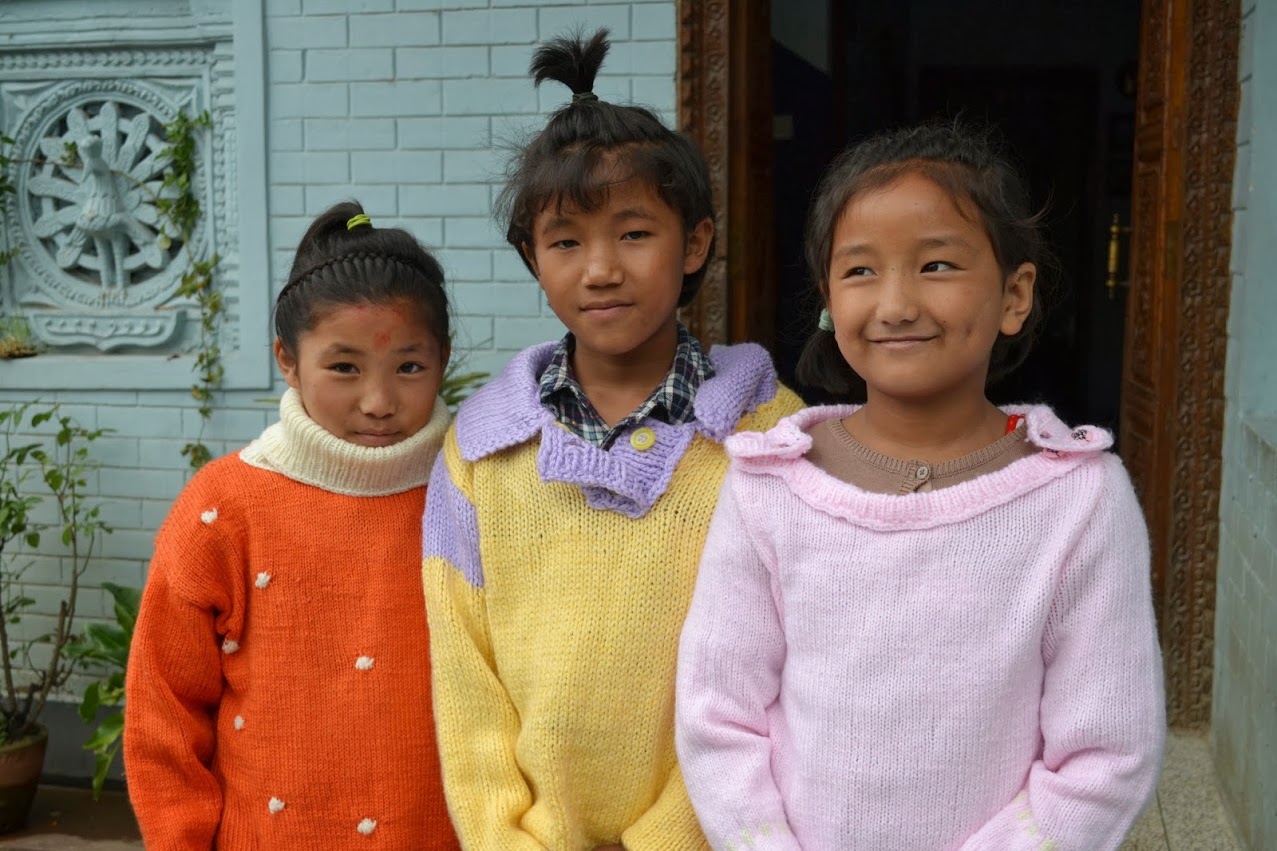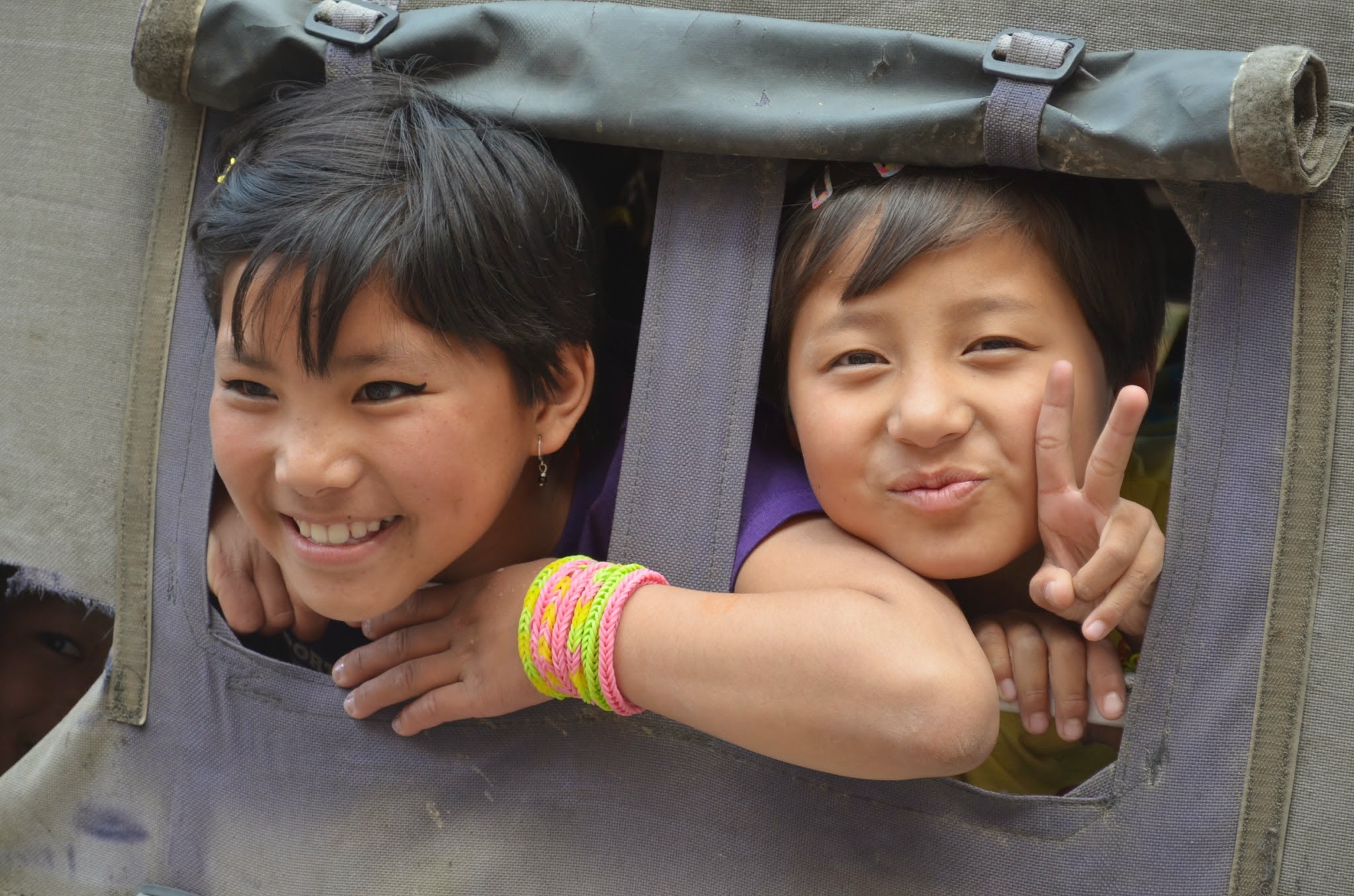
Our goal
The association works to improve the living conditions of the Sagarmatha and Punarbal centers.
In collaboration with the teams that run these care facilities, we ensure that the children are cared for in the best possible way. We strive to provide them with dignified living conditions and an environment in which they can develop their abilities through learning at school. Once they have completed their compulsory education, we offer them the opportunity to continue their studies or take up vocational training.
The centers
Covering essential needs
The primary objective is to cover the children’s basic needs, i.e. board and lodging, as well as regular medical check-ups. The teams at the centres strive to make the children’s daily lives easier. The second main objective is education and training.

Situation in Nepal
Nepal is one of the poorest countries in the world. Life expectancy there is 62 years of age for men and 63 for women – figures well below world averages. According to UNICEF, the mortality rate of children under the age of five was 50‰ in 2010 and there were close to a million orphans that year, representing 3,4% of the Nepal population; a figure in constant increase.
The population of Nepal is approximately 29,3 million (2017) with more than sixty different casts or ethnics groups spread out over an area of 147,181 km.
Population growth rate in Nepal is 2,30%, well over the world average of 1,14%. Distribution of land and goods is very unequal: 40% of farms exploit only 9% of farmland while 6% of farms exploit over 33% of it. The average annual income per inhabitant is approximately 270 USD and it is estimated that 45% of the population lives under the poverty threshold, with 24% living on less than a dollar a day.


